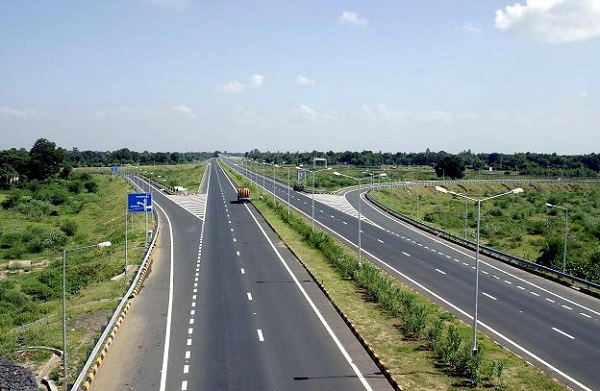Researchers in India, looking for ways to squeeze badly needed solar power into a densely populated country where land costs have skyrocketed in the past decade, are coming up with some innovative ideas.
For instance: How about doing two layers of panels, one layer 10 meters above the other? Or what about putting solar roofs over highways?
Novel as these concepts sound, in India they could fit right in. After all, this is a country that has already begun putting solar panels over canals.

Tirumalachetty Harinarayana and Pragya Sharma, researchers at the Gujarat Energy Research and Management Institute, in recent months have published papers looking into the double-layering and covered-road possibilities – and they think both are worthy of testing.
“While the price of PV panels is falling day by day, the price of land and its availability are constraints in the development of solar power, especially in India,” Harinarayana told the Indo-Asian News Service, which said the researchers believe that covering “the four-lane 205 kilometer-long Ahmedabad-Rajkot highway can generate 104 megawatt of power while the Ahmedabad-Vadodara national highway, 93 km long, can generate 61 MW of electricity.”
The researchers are hoping to get government approval to test the concept with a 1-MW demo.
India’s National Solar Mission has set a goal of 20 gigawatts of solar generation by 2022. Progress has been pretty good toward that goal, according to the WorldWatch Institute, but keeping the ball rolling will be a challenge.
Fascinating as the idea of solar-roofed highways might be, the double-layer idea is really the groundbreaking one, representing not just a new place to put solar panels but a way to boost the power production in a given area.
The obvious concern with such a system is that one layer of panels would shade the others from getting the sun. But 10 meters apart, that only happens for part of the day; meanwhile efficiency is boosted. The researchers concluded:
The energy generation from a single layer solar panel system for a day … is 252 kilowatt-hours per day for 756 square meter area. It increases up to nearly 445 kWh/day with the two layer solar panels separated by 10 m in the same area. The output varies depending on the separation between the two layers of photovoltaic panels. Due to high land cost in urban areas, the present study is significant. We have shown an increase of over 70% in the output.